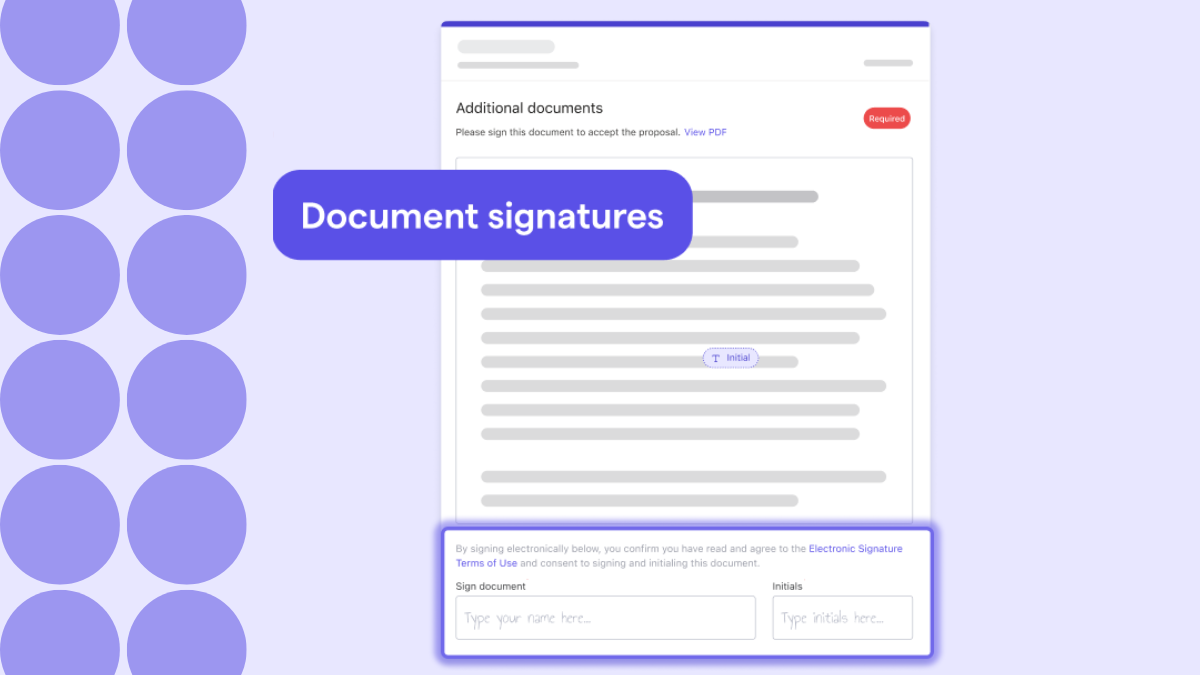Use software to identify and manage out-of-scope work

Whether you call it ‘scope creep’, ‘requirement creep’, ‘out-of-scope’ work, or ‘kitchen sink syndrome’, if you’re an accountant or tax professional, you are undoubtedly familiar with the scenario. A client is paying you to complete Task X. But sooner or later, you find yourself completing Tasks X, Y, and Z, but still getting paid only for Task X.
What is scope creep?
Scope creep is when your clients ask you to take on work that goes beyond the original agreement you made in your engagement letter. At first glance, these additional tasks can add up and start to feel overwhelming. But the great thing about scope creep is that it’s also an indication that your client's business is growing and that they need more of your services to support that growth. This increased demand can lead to higher revenue for you!
Of course, it's important to carefully manage scope creep to make sure it doesn't negatively impact timelines, resource allocation, or the quality of the services you provide. But handled well, scope creep can be a positive sign of client satisfaction and business opportunity.
Scope creep examples
Let’s look at some scope creep examples. If someone buys a loaf of bread from a baker, they hand over their money and walk out with their sourdough. They don’t get to go back to the baker a few hours later and ask for an assortment of muffins, donuts, and pastries at no additional cost, do they?
Likewise, large businesses typically have systems – “control procedures” – in place to deal with changes in the scope of a project. For instance, if an infrastructure company has been paid to provide a six-lane highway for 50 miles, it’s not simply going to eat the extra costs of providing an eight-lane freeway for 75 miles if the client suddenly wants a more substantial road.
But service providers, such as bookkeepers, accountants and tax professionals, often find themselves in a scope creep no-man’s-land. They’re offering a service – not a physical good – so there can sometimes be some fuzziness around what exactly they’re providing. Although it's theoretically possible for firms to put control procedures in place, doing so risks antagonizing or even losing customers. For example, if a small business owner who has paid you to take care of their annual tax return for several years rings you to discuss cost-cutting strategies for a few minutes, are you going to insist that they sign a form and pay a consultation fee before you take their call?
Judging by the results of Ignition’s State of Client Engagement report, that’s unlikely to happen. In fact, the survey found that 89% of accountants have delayed or avoided having awkward conversations with clients, and 43% of them ended up absorbing the increased time and cost themselves when scope creep occurred.

State of client engagement
But what happens when that client starts ringing you every few days for advice? What happens when you’ve got other clients asking for an extra service here, an extra report there? It’s great that they’re coming to you for help, but these extras can really add up!
“I’ve lost count of the number of new clients who’ve told me, ‘My stuff is very easy; it will hardly take you any time to take care of it’,” he says. “That is often true in the early days. But then the client gets a business credit card. Then they get a couple more business credit cards and maybe a business loan. Now things aren’t so quick and easy, but you’re still charging the client as if nothing has changed.”
Dillon Towey, co-founder of Franchise Resource, LLC
Dillon Towey is not alone, and scope creep occurs across many industries and organizations. The key is recognizing it when it does happen and managing it in a way that works for both you and your clients. For you, that means effectively tackling scope creep and no longer doing work for free.
Related article: Find out how Dillon Towey successfully managed scope creep at Franchise Resources LLC. Read the article.
Types of scope creep
Out-of-scope work can present itself in a number of ways. In the accounting and tax world, you might recognize these ‘creeps’:
Business creep – When your client changes their mind about what they want. A classic example is when clients request compliance services but then realize they want or need advisory services, too.
Effort creep – When you or your team spend more time and effort than necessary to finish a task or project by getting too stuck on the details.
Hope creep – When you're overly optimistic and then underestimate how long a task will take. This can be especially true when you're trying out a new service.
Scope creep causes
So, how does this happen? There are a handful of primary causes of scope creep:
Poor communication: This is a particularly common culprit behind scope creep. Such communication breakdowns can result in unclear expectations, a lack of transparency, and misaligned assumptions by you, your clients, or both.
Undefined objectives and deliverables: When you don’t clearly establish a piece of work’s desired goals and outcomes from the get-go, it can become difficult to manage expectations and handle the resulting scope creep.
Changing requirements: As projects progress and businesses grow, clients’ needs and priorities often evolve. This can lead to requests for additional services or features that you didn’t agree on in your original engagement.
Overpromising and underdelivering: Saying that you can do more than you realistically can may result in out-of-scope work, as you have to do additional work to honor those promises.
Scope creep effects – if you don’t manage it
If your accounting or tax firm is not properly managing out-of-scope work, it can significantly impact the business. For one thing, because you’re not billing for additional work, you may not be able to meet your own revenue targets and achieve your business goals. Scope creep can also result in higher-than-expected costs, general inefficiencies, and excessive amounts of unpaid overtime for staff. This, in turn, can lead to burnout and high employee turnover rates. So, these factors affect not only your bottom line, but also your team's productivity and morale.
How to eliminate scope creep once and for all
The good news is, your firm can easily leverage available technology to help you manage scope creep and make it work for you.
Say, for example, your firm charges by the hour, and that one of your clients is paying $1,500 a month for 10 hours of work. In recent months, however, your team has spent 15 to 20 hours servicing the client but is still billing only $1,500. Enter practice-management software. This handy tech tool helps automate and streamline day-to-day operations of professional services firms. Practice-management software can identify gaps between what clients are paying for and what they’re getting. It does this by:
Tracking project tasks and progress.
Comparing them with the original scope of work and budget, and;
Generating reports and analytics that highlight any discrepancies or areas of concern.

Ignition also has a service edits feature that allows accountants and tax professionals to make adjustments to active services after a client has signed a proposal. For instance, if your firm needs to raise its prices or add a new task for a client that’s scaling up, it can use the service edits feature to do this. Plus, Ignition can automatically notify your clients of any changes you make. It makes it easy to alert clients that you will charge them for out-of-scope work and then bill them appropriately.
By leveraging Ignition and Karbon’s software, Dillon Towey from Franchise Resource mastered scope creep. When he told his existing clients they would have to start paying more for out-of-scope work, most of them had no problem with the new arrangement. And any new clients had to sign off on paying an overage for any out-of-scope work. Unsurprisingly, revenue, margins, and workplace morale improved considerably.
“Everything is transparent, so there is rarely any unpleasantness,” Dillon Towey says. “Accounting firms can now use their tech stack to ensure they don’t end up out of pocket and their clients don’t end up feeling aggrieved,” he says.
Over to you
Want to learn more about how Ignition can boost your bottom line – and your morale – by helping you handle scope creep? Watch our online demo.



